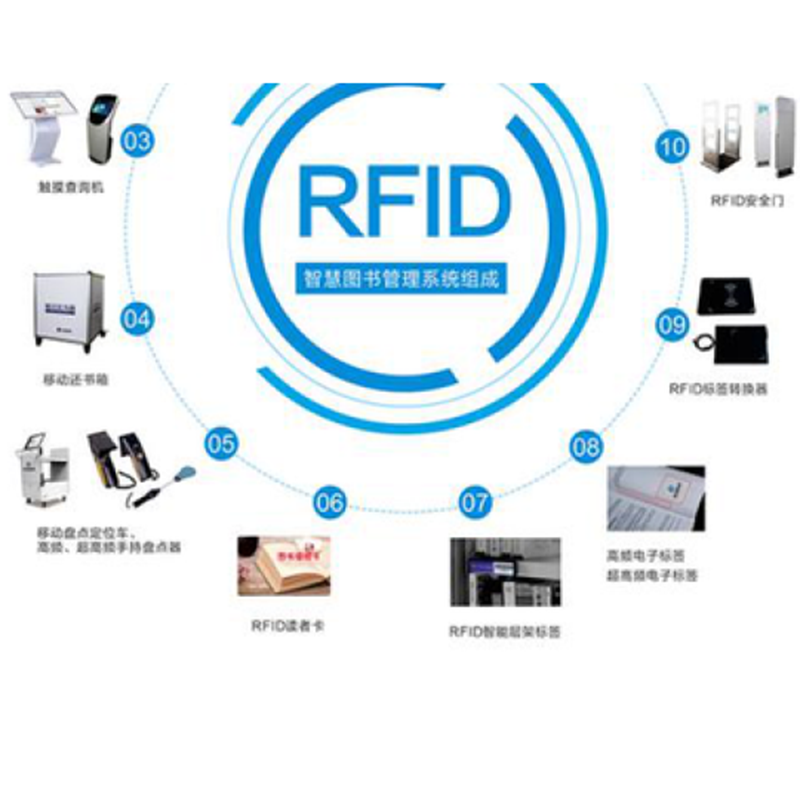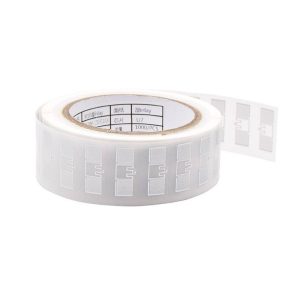How to choose RFID electronic ear tags for livestock management 123

In animal husbandry, animal identification and tracking are important means to achieve precise management and improve production efficiency. With the development of technology, RFID technology is gradually being widely applied in the field of animal husbandry. Marking is important for the identification and monitoring of livestock. There are many types of labels on the market, including low-frequency and ultra-high frequency ear tags. So, what should be noted when choosing RFID electronic ear tags for livestock management? The low-frequency electronic ear tag adopts a working frequency of 134.2kHz, which can recognize low-speed moving target objects one-on-one. It has strong anti-interference ability to penetrate materials other than metal, and the electromagnetic field energy generates a relatively uniform reading and writing area. It maintains a high reading rate within the reading range and will not decrease with distance. The outer shell is made of TPU material to prevent animals from long-term contact and causing allergies. It is resistant to aging, cold, oil, etc., and can be worn for a long time. The working frequency of ultra-high frequency electronic ear tags is 902-928MHz, and they can be read by RFID card readers simultaneously and in batches. However, ultra-high frequency animal ear tags are easily affected by liquids and metals, and the electromagnetic field energy of the tags will decay with distance, showing a decreasing energy magnetic field distribution. The farther the distance, the greater the probability of missed, misread, and serial readings.
RIFD electronic ear tag
How to choose RFID electronic ear tags?
1. The size of the electronic ear tag is attached to the animal’s ear, so it should be of appropriate size and the identification number should be written correctly on the tag in a clear and easy to read manner.
2. Metal tags are more harmful to the ears than polyurethane (PU) tags. When using metal tags, the incidence of bleeding and infection at the tag points is higher. A good tag should be made of ether grade thermoplastic polyurethane elastomer material, which should be resistant to ultraviolet rays, high and low temperatures, and tamper proof.
3. A good label for the male and female parts should have a male and female part. The male head part is a visual part with a metal tip, and the female seat part is a button for closing the head.
4. A good tag with tear resistance should not fall off or become unreadable when covered with dirt or soil. Electronic tags have tear resistance and remain attached to animals throughout their lifecycle. RFID electronic ear tags have also become very common in animal husbandry management. Electronic ear tags are mainly used in daily animal husbandry management, epidemic prevention and testing management, identity tracing, and other aspects.
Welcome new and old customers to call us for inquiries. We support small batch and appearance customization. We will provide you with 1V1 technical consulting services for free! We have a research and development center of over 3000 square meters in Shenzhen Guangming Pilot Industry Base, with 12+laboratories. We welcome new and old customers to call us for consultation. Our research and development strength is strong, and we are a trusted manufacturer. Welcome to call us or sales@molddl.com For consultation, our company supports small batch customization, packaging design, and free samples for OEM processing. Please contact us!
This article is included in Baidu Wenku






